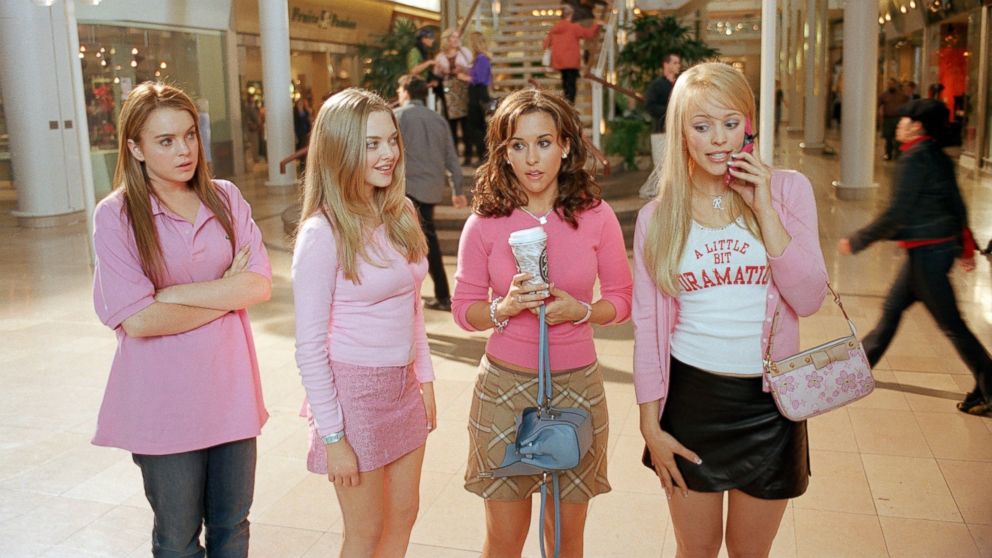See If Your Kids' School Is at Risk for Cliques
Filled with cliques or safe from social ostracizing? Here's how to tell.

— -- Kids go to a school that offers lots of choice? Get ready for cliques.
Schools that offer students more choice — more elective courses, more ways to complete requirements, a bigger range of potential friends, more freedom to select seats in a classroom — are more likely to be rank ordered, cliquish, and segregated by race, age, gender, and social status.
Those are among the conclusions of a new American Sociological Review study, "Network Ecology and Adolescent Social Structure," recently published online and scheduled to appear in the December print edition of the journal. The lead author is Daniel A. McFarland, a professor of education at Stanford Graduate School of Education.
On the other hand, "pecking orders, cliques, and self-segregation are less prevalent at schools and in classrooms that limit social choices and prescribe formats of interaction."
However, in a smaller school the stakes are higher. That is, being excluded from a clique that does exist is potentially more painful. But overall, "structured classrooms guide student interactions in prescribed routes and encourage students to interact on the basis of schoolwork rather than on the basis of their external social lives."
"Educators often suspect that the social world of adolescents is beyond their reach and out of their control, but that's not really so," McFarland said in a media release. "They have leverage, because the schools are indirectly shaping conditions in these societies."
And though it may seem counter intuitive, the study found a more rigid school setting can sometimes promote more open-mindedness in making friends — a potentially valuable quality in adulthood. Bigger schools offer a broader range of potential friends, as well as greater exposure to people who are different, but it's that "mixture of freedom and uncertainty that spurs students to cluster by race, gender, age, and social status."
The study doesn't suggest schools adopt a more restrictive model, however. "The truth is," McFarland said, "that we are not sure which kind of adolescent society is best for youth social development, let alone what position in them is best."
The main goal of this study was to shed light on how a school's environment affects the shape of adolescent social networks. The next round of studies, he said, will look at which kinds of social networks and social networking positions in them best help adolescents prepare for adulthood. The study draws on an analysis of two datasets about friendships, one of which considers friendships at the classroom level and the other at the school level. At the classroom level, the researchers tapped into detailed data of friendships and social interactions compiled by McFarland at two very different high schools over a two-semester period. The school-level data came from the National Longitudinal Study of Adolescent Health.




